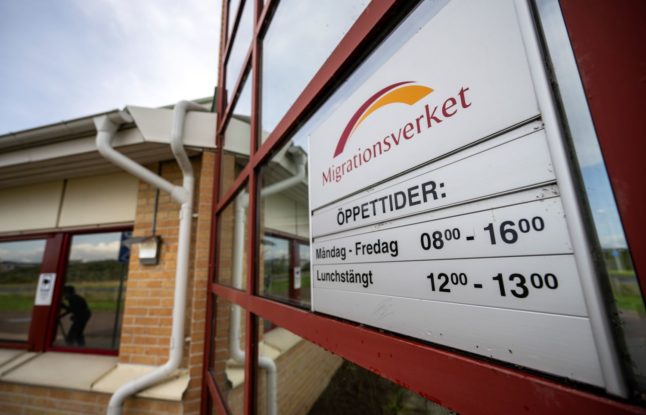Throughout the year, 59,307 applications for Swedish work permits were submitted, according to new figures by the Swedish Migration Agency. Decisions were reached on 52,547 cases, though the latter number includes decisions made on applications that were submitted in previous years too.
As the new year began, 16,330 people were waiting for a decision on their work permit.
The majority of applications where a decision was reached were approved, with a huge 42,095 work permits granted.
 Photo: Melker Dahlstrand/imagebank.sweden.se
Photo: Melker Dahlstrand/imagebank.sweden.se
Of these, 9,226 went to people working for so-called 'certified employers'. These are companies that have already proved to the Migration Agency that they meet certain criteria (including a recurring need for non-EU hires and fulfillment of legal requirements in previous work permit cases) and for whom processing takes a maximum of 20 days.
The figure of 52,547 doesn't just include international workers, but also any partners or relatives who were included on the same permit (this is typically the case if both partners will move to Sweden and the partner with a job offer will work for at least six months) as well as people on temporary permits, which includes au pairs, visiting researchers, and athletes, and self-employed people.
Of the 52,547, a total of 21,950 people received permits to work for a Swedish company.
Most months saw around 1,200-1,500 permits granted, but there was a peak in early summer, with 2,872 permits approved in April, 3,050 in May, and 4,146 in June. December was the slowest month for work permit applications with only 917 approved.
!function(){“use strict”;window.addEventListener(“message”,function(a){if(void 0!==a.data[“datawrapper-height”])for(var e in a.data[“datawrapper-height”]){var t=document.getElementById(“datawrapper-chart-“+e)||document.querySelector(“iframe[src*='”+e+”‘]”);t&&(t.style.height=a.data[“datawrapper-height”][e]+”px”)}})}();
!function(){“use strict”;window.addEventListener(“message”,function(a){if(void 0!==a.data[“datawrapper-height”])for(var e in a.data[“datawrapper-height”]){var t=document.getElementById(“datawrapper-chart-“+e)||document.querySelector(“iframe[src*='”+e+”‘]”);t&&(t.style.height=a.data[“datawrapper-height”][e]+”px”)}})}();
The most common category was “technicians and associate professionals”, which made up 8,414 of all approved permits and primarily included berry-pickers and fast food workers. This was followed by the 6,547 work permit grantees defined as “specialists”, referring to jobs requiring education beyond tertiary, including architects, healthcare specialists, some teachers, legal professionals, HR specialists, doctors and others.
A total of 1,745 permits went to employees defined as “professionals” (a category of jobs requiring at least tertiary education and including some engineers and technicians as well as chefs, for example). A further 1,696 permits were granted to those working in “service, care and sales” and 1,579 to people in the “construction and manufacturing” industry.
-
What to do if your work permit renewal is rejected
- Why your Swedish colleagues love meetings (and you probably do, too)
The vast majority were made by people who applied from overseas, although 896 were made by former asylum seekers and 845 from people currently studying in Sweden. A further 21 applications came from people already in Sweden on a visa.
As for where Sweden's new professionals come from, the top five countries of nationality for work permit grantees were Thailand (6,489), India (4,975), Ukraine (1,119), Turkey (878) and China (875). That was the same top five as in 2018, and in 2019 Iraq (639), the USA (487), Iran (413), Brazil (383) and Pakistan (338) completed the top ten.
After Stockholm, it was Västra Götaland which welcomed the most foreign workers (3,728), followed by Skåne where 2,156 international professionals moved.
If you're one of Sweden's new foreign workers, congratulations and welcome! You can find out more about working life in your new adopted country at our Working in Sweden section here, and if there's a particular topic that's puzzling you or which you think we should look into, please get in touch and let us know. Considering taking the leap here? Make sure you've looked through our questions to ask before you move to Sweden.
Graphs by Tim Marringa



 Please whitelist us to continue reading.
Please whitelist us to continue reading.
Member comments